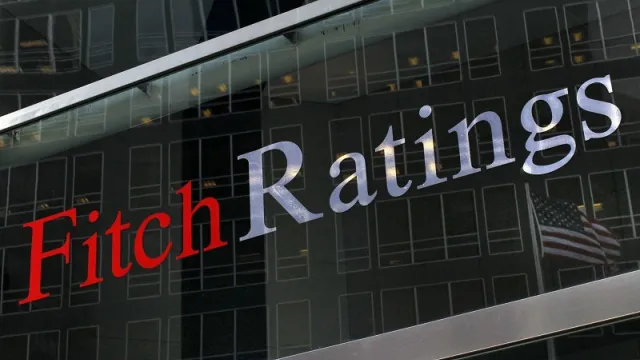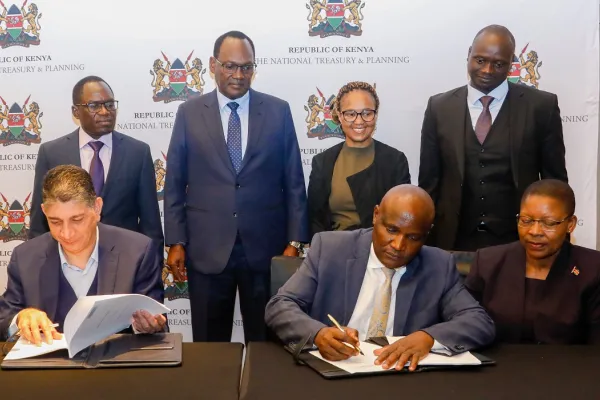Why Fitch has downgraded Kenya to 'B'; Outlook stable

Why Fitch has downgraded Kenya to 'B'; Outlook stable
Citing Kenya's elevated external debt service obligations in the 2023-2024 fiscal year that includes the maturity of a $2 billion (Kes245.6 billion) Eurobond in June 2024, global ratings agency has downgraded East Africa's largest economy to 'B' from 'B+'; outlook stable.
Fitch noted that the debt obligation, combined with high current account deficits, will see Kenya sustain pressure on her international reserves.
Kenya’s debt servicing costs in the current financial year will see the Treasury spend Kes1.4 trillion to settle principal and interest amounts, a jump from the Kes1.151 trillion spent in the previous period.
The Stable Outlook reflects progress with fiscal consolidation, which is supported by a US$2.3 billion (Kes257 billion) IMF programme, manageable near-term debt commitments and strong post-pandemic growth that is likely to continue over the medium term, Fitch explained.
Fitch projects that Kenya's current account deficit will grow to 5.9 percent of Gross Domestic Product (GDP) or $6.9 billion in 2022 and to remain largely the same levels in 2023 and 2024.
As a result, Kenya's dollar reserves have dropped to $7.2 billion as of November 2022, down from $9.5 billion at the end of last year.
"Despite International Monetary Fund (IMF) and other official disbursements, we forecast reserves to remain under pressure reaching $7.4 billion at end-2023. This would constitute a fall to three months of current external payments (CXP) at end-2023, down from 4.8 months of CXP at end-2021," said Fitch in their update.
Read also: We want technology to drive our economy — Ruto
The rating agency projected increasing external debt obligations for the country to to 24.8 percent of current external receipts in 2024, up from 16.6 percent next year, attributable to the June 2024 $2 billion Eurobond settlement.
Fitch said Kenya is on course to meet her FY24 external debt obligations by tapping financial support from the IMF, multilateral lenders, as well as commercial borrowing.
"The incoming government has ended the subsidy on petrol and is working on a supplementary budget that cuts an additional 0.7 percent of GDP in expenditure. However, a constrained financing environment has meant that approximately 0.7 percent of GDP in spending obligations from FY22 have been carried over to the present fiscal year, which will limit additional deficit reduction. We forecast a fiscal deficit of 6.1 percent of GDP in FY23, above the forecast 3.5 percent 'B' median," said Fitch.
Kenya's debt fell marginally to 67.4 percent of the GDP in the current fiscal year compared to 67.7 percent last year.
The Treasury projects to further lower the debt-to GDP ratio, but to remain above 60 percent of GDP, and the projected 2024 55 percent of GDP 'B' median, over the medium term.
Fitch adds that Kenya's growth is expected to remain steady in 2023 and 2024 following strong post-pandemic growth recovery although it is facing headwinds from prolonged drought as well as the effects of the Russia-Ukraine war.
"Fiscal tightening, high inflation, and slower global growth will present headwinds in 2023; although improving asset quality may support growth through higher private sector credit growth," noted Fitch.
Kenya's inflation hit a five-year high of 9.6 percent in October before cooling marginally in November. Fitch projects that the country's inflation will keep falling but remain at 8.3 percent on average next year.



